Since April 30th, 2018, Tenants and Landlords entering into new residential lease agreements within the province of Ontario have been required to complete the new Ontario Standard Lease. See details below, sourced from the Ministry of Municipal Affairs and Housing website.
Ontario’s standard lease
On this page
- Purpose of the standard lease
- Who must use the standard lease?
- What is in a standard lease?
- Information for landlords and renters
- Ending a tenancy early
- Where to get help
Starting April 30, 2018, landlords of most private residential rental units – from individual landlords to property management companies – must use the the standard lease template for all new leases.
Landlord and tenant rights and responsibilities remain the same under the Residential Tenancies Act, 2006 (RTA).
Purpose of the standard lease
The standard lease uses easy-to-understand language to help:
- landlords and renters understand their rights and responsibilities
- reduce illegal terms in leases and misunderstandings caused by verbal tenancy agreements
- reduce the need for Landlord and Tenant Board hearings to resolve disputes
Who must use the standard lease?
The standard lease will apply to most residential tenancies in Ontario, including:
- single and semi-detached houses
- apartment buildings
- condominiums
- secondary units (for example, basement apartments)
A standard lease is not required for tenancies that have special rules or partial exemptions under the RTA, including:
- care homes (for example, retirement homes)
- mobile home parks and land lease communities
- social and supportive housing exempt from the rent rules under the RTA (for example, housing subject to operating agreements under certain programs or where the tenant receives publically funded rent-geared-to-income assistance)
We are planning to develop separate standard leases to address the unique needs of these tenancies.
What is in a standard lease?
The standard lease form contains:
1. Mandatory fields that must be completed and cannot be altered or removed.
These fields include basic information that is included in every lease, including:
- the names of the landlord and renter
- the tenancy term, rent amount and services included
- other terms which landlords and renters can agree to, such as rent deposits, key deposits, smoking rules, and renter’s insurance
2. Optional additional terms, which allow landlords and renters to agree to terms or responsibilities that are unique to the rental unit.
Additional terms not consistent with a mandatory term of the lease or the RTA, are considered void and unenforceable.
3. General information for landlords and renters on rights, responsibilities and void/unenforceable conditions, including:
- ending a tenancy
- subletting
- illegal charges
- pets
- guests
- landlord entry
Information for landlords and renters
If you sign a lease on or after April 30, 2018, it must be a standard lease.
If you sign a lease on or after April 30, 2018 that does not use the standard lease, renters can ask the landlord for one in writing. The landlord must provide one within 21 days.
Renters cannot ask for a standard lease if they signed a lease before April 30, 2018, unless they and their landlord negotiate a new lease agreement with new terms on or after this date (for example, if the tenant signed a new lease for a one-year term).
Additionally, renters cannot ask for a standard lease if they sign a fixed-term lease before April 30, 2018, and it renewed automatically to a month-to-month tenancy after April 30, 2018.
If a landlord fails to provide the standard lease within 21 days after a renter has asked for it in writing, the renter may withhold one month’s rent.
If the landlord fails to provide the standard lease within 30 days after the renter has begun withholding rent, the renter does not have to repay the one month’s rent. Please note, you cannot withhold more than one month’s rent and you must continue paying your rent for the term of your lease, even if your landlord never gives you the standard lease. However, if a standard lease is not provided, special rules allow you to end your fixed-term lease early.
Landlords and renters can choose to use the standard lease before April 30, 2018. However, the rules requiring the standard lease will only be in effect starting on this date.
